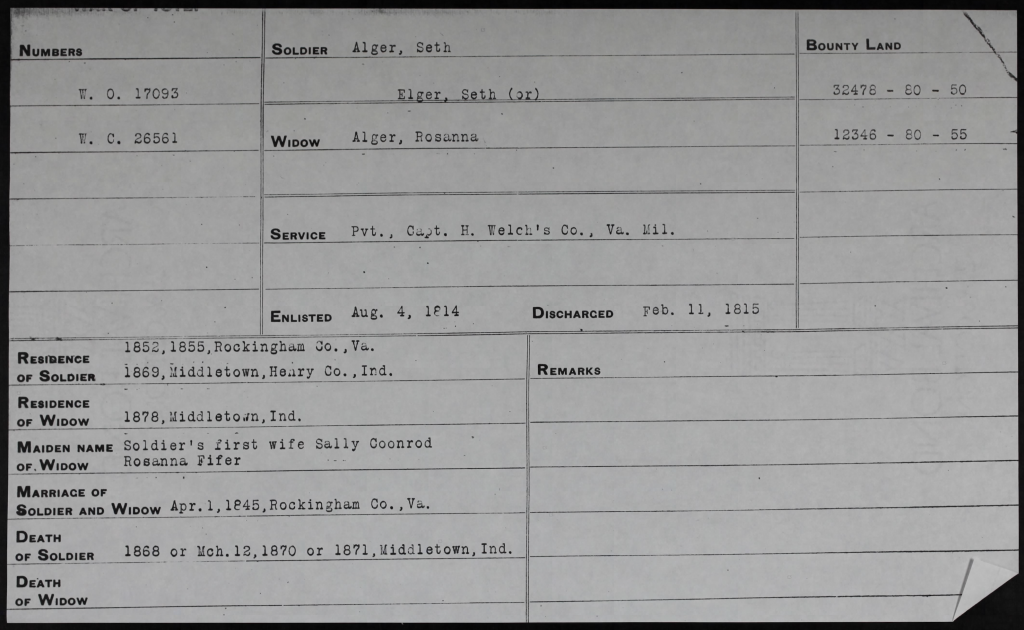On July 20, 1966, US Navy pilot Dieter Dengler was rescued after escaping a POW camp in Laos, where he endured months of torture and deprivation after his plane was shot down near the North Vietnam-Laos border during the Vietnam War. He became only the second captured airman to escape during the war.
Dengler was born in 1938 in Wildberg in Baden-Württemberg, Germany. His father was drafted into the German Army in 1939 and killed during WWII. Dengler’s mother was left impoverished and struggled to feed her children. The family foraged for scraps and boiled wallpaper to scrape the wheat paste off the back for nutrients. During the war, a bomber flew through Wildberg, and young Dieter saw an airplane for the first time. He determined at that moment that his dream was to fly. This dream kept Dengler going for years while working as an apprentice for an abusive blacksmith who beat him regularly. Dengler later claimed it helped him learn survival skills he would need later in life. When the apprenticeship finally ended at age 18, Dengler left Germany for America – hoping to become a pilot.
After arriving in the United States, Dengler joined the Air Force. He soon realized that joining the Air Force didn’t mean he automatically got to fly. He peeled potatoes and worked as a mechanic but realized that he needed to attend college if he wanted to achieve his dream. He became a citizen, received an education, studied aeronautics, and got accepted into the US Navy Aviation Cadet Training Program.
Dengler headed to Vietnam as a Navy pilot when the Vietnam War broke out. In February 1966, he was on a mission when his plane was shot down over Laos. He survived the crash but was captured by the Pathet Lao. Over the next six months, Dengler endured horrific torture as his captors tried to get him to sign statements condemning US actions in Vietnam. They drove large bamboo slivers underneath his fingernails and skin where they festered; they hung him upside down over a nest of biting ants and nearly drowned him when they suspended him in a well.
Dengler began studying the guards’ movements and, with fellow prisoners, began planning an escape. On June 29, 1966, while the guards were eating, Dengler and six other prisoners made their move. They seized guns and killed five guards in a shootout. Knowing that reinforcements would soon arrive, they ran for the jungle. Dengler was with Capt. Duane W. Martin, an American Air Force officer. The other prisoners disappeared into the jungle, and he never saw them again. Together, Dengler and Martin trekked barefoot while being pursued. They eventually made their way to a river and built a raft. When they became too weak from hunger to walk, they crawled. One day, they came upon some villagers. The villagers were hostile and came at them with a machete. In the blink of an eye, one villager beheaded Martin. During the ensuing screams and chaos, Dengler darted into the jungle. Now alone, Dengler continued his trek.
On July 20, 1966, Air Force Lt. Col. Eugene Deatrick was flying up a canyon in Laos when he noticed a man near the river waving wildly. Dietrick passed over two more times. There were no reports of recently downed Americans, and Dietrick was nervous that this might be an enemy soldier attempting a suicide attack. A gut feeling told him to call for help. A helicopter arrived and lowered a cable, which Dengler grasped. The crew raised him up but quickly slammed Dengler to the floor and strip-searched him, looking for explosives. They soon realized that Dengler was a missing American.
After his rescue, Dengler weighed just 85 pounds. He was welcomed back and awarded several military decorations, including the Navy Cross, the Distinguished Flying Cross, the Bronze Star, the Purple Heart, and the Air Medal. Dengler retired from the Armed Forces and became a test pilot. Dengler died in 2001 and was buried at Arlington National Cemetery with full military honors. Search Fold3® today to discover more stories of heroism and valor.



